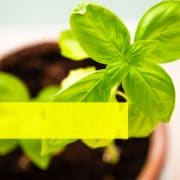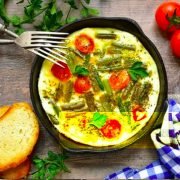Your Brain Needs Water

In order for our brains to function optimally, we need to ensure we stay hydrated. Brain cells need water (amongst other things) to operate or they will quickly lose efficiency when the balance is lost.
Drinking water is not just about quenching thirst. Studies have shown that dehydration can actually cause the brain to shrink, linking to declining memory, difficulty thinking clearly and doing complex tasks (like a crossword).
The good news is, having a glass of water quickly brings the brain back to normal. Other studies have shown that students who drink water before an exam can do up to three times better than those who had none.
Water could also be the answer to those who wake up grumpy. On a typical night’s sleep, there are up to 10 hours without water. We sweat and breathe out moisture and therefore can be dehydrated when we wake, which can affect mood.
If you want to be on top of your game or avoid that afternoon slump, try water to maximise your thinking, focus and mood.
6 signs you could be dehydrated:
- You’re tired
- You’re hungry
- You have a headache
- Your skin is dry
- You feel hot
- You’re grumpy
Our guideline is 30ml of water for every Kg of body weight (eg 30ml x 56kg=1,680ml or rounded to 2 litres water).
We are lucky we live in a part of the world that has access to clean water. It’s something to be grateful for. Consider donating to a charity such as https://thewaterproject.org/give-water to help those struggling without water.









 Basil evokes aroma’s of fresh Italian dishes and can be eaten cooked or raw. Not only is it delicious, it’s also incredibly healthy. Read about the health benefits of basil here and enjoy this simple pesto recipe.
Basil evokes aroma’s of fresh Italian dishes and can be eaten cooked or raw. Not only is it delicious, it’s also incredibly healthy. Read about the health benefits of basil here and enjoy this simple pesto recipe.

 Including loads of vegetables in your diet is so important for your health. Vegetables are incredibly rich in nutrients and antioxidants, which boost your health and help fight off disease. Additionally, they are good for weight control as they have a low-calorie content. Getting the required several serves of vegetables can be hard for some people.Some simply don’t like them while others are unsure how to prepare them so they taste good.Here are some unique ways you can incorporate vegetables into your diet so that you never get sick of eating them.
Including loads of vegetables in your diet is so important for your health. Vegetables are incredibly rich in nutrients and antioxidants, which boost your health and help fight off disease. Additionally, they are good for weight control as they have a low-calorie content. Getting the required several serves of vegetables can be hard for some people.Some simply don’t like them while others are unsure how to prepare them so they taste good.Here are some unique ways you can incorporate vegetables into your diet so that you never get sick of eating them.

 The benefits of olive oil
The benefits of olive oil
 The marketing of antioxidant supplements
The marketing of antioxidant supplements
 In my last post, I wrote about the fact that the marketing and hype around taking
In my last post, I wrote about the fact that the marketing and hype around taking